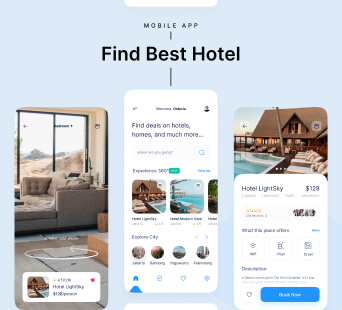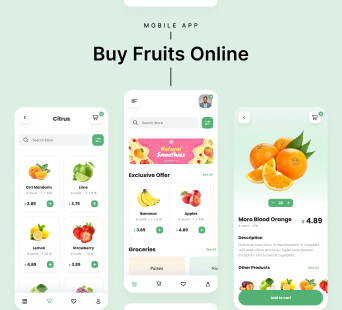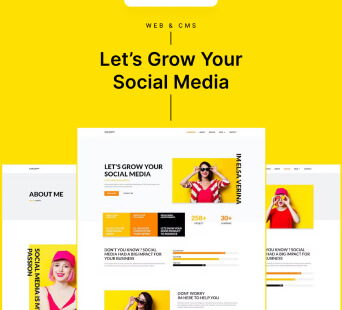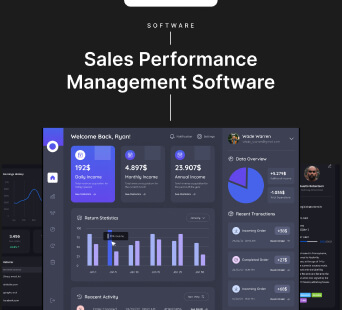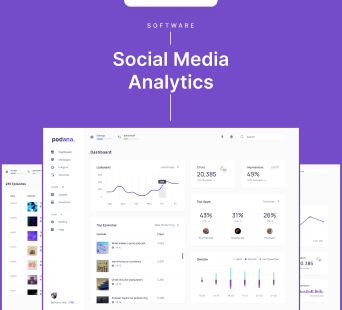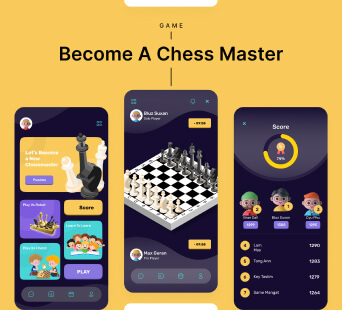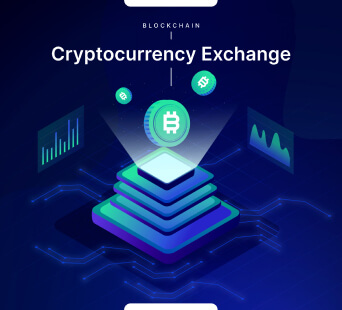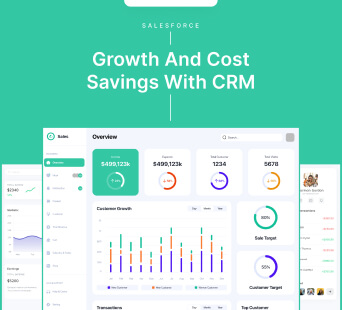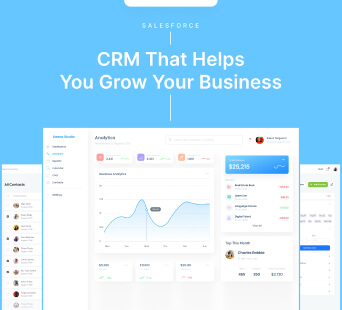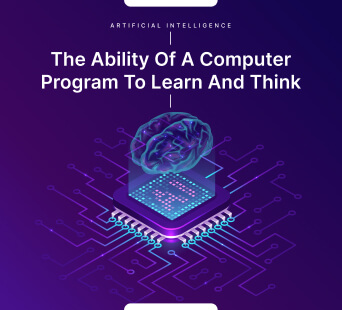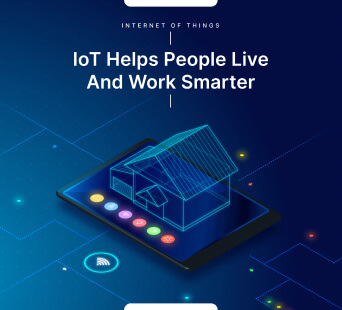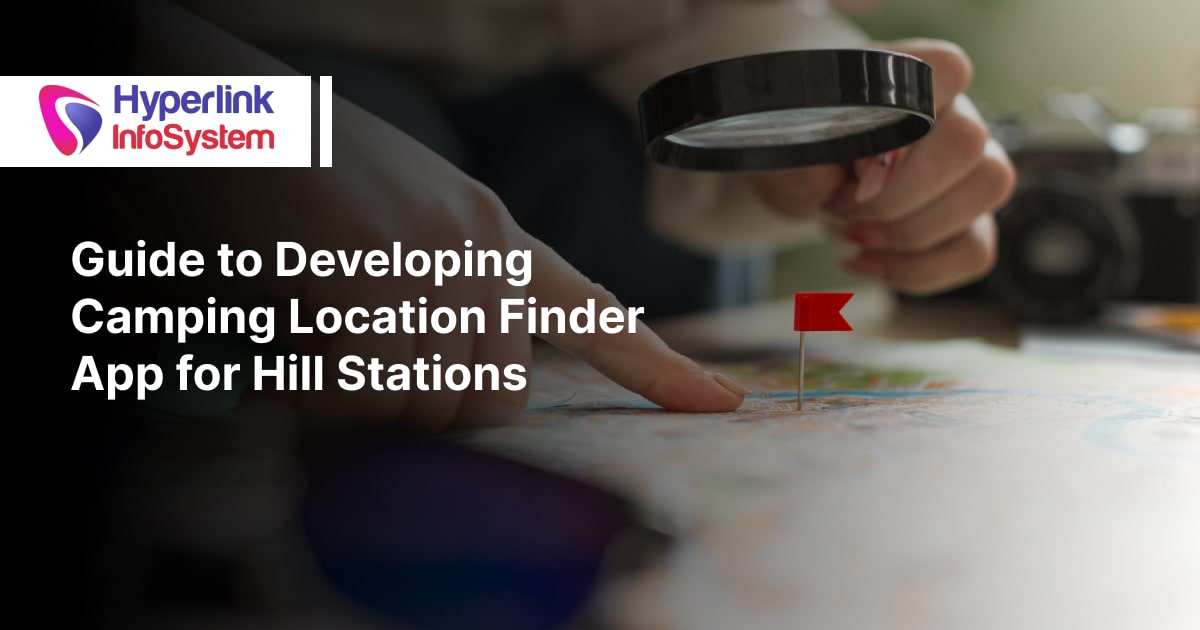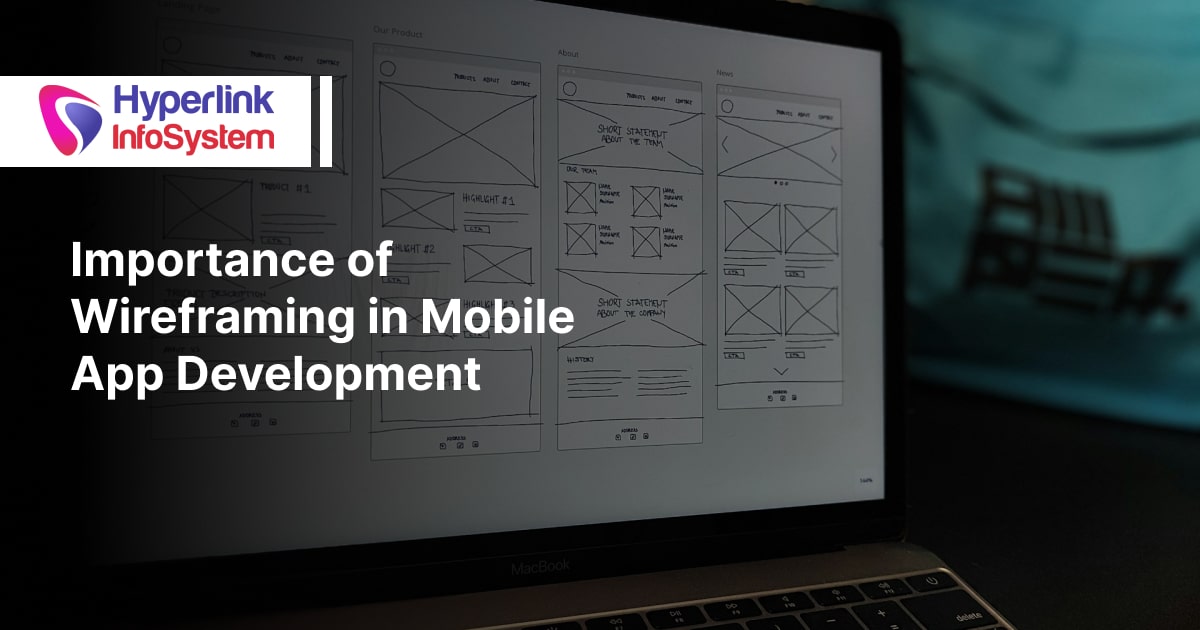PhoneGap includes a complete SDK that allows you to use advanced features of the devices such as the camera. The resulting applications are hybrid; that is, they are not really native applications to the device. However, they are not pure web applications either. They are packaged to be deployed on the device, working with the native system API. PhoneGap is compatible with mobile web development frameworks like jQuery Mobile, Sencha Touch, Dojo, jQTouch, SproutCore, GloveBox, XUI, iScroll.
PhoneGap APIs
PhoneGap offers several APIs to develop applications that have access to the hardware of the mobile device:
- Accelerometer - Provides access to the device's accelerometer if it has one.
- Camera: Provides access to the camera application to take a photo or get it from the gallery.
- Capture: Provides access to audio and video capture applications.
- Compass: This API is useful to do verification instead of the device; it also depends on the hardware of the device.
- Connection: Useful to work with the network connections that the device has, from WiFi networks, 3G networks, 4G networks, among others.
- Contacts: provides access to contacts stored on the device.
- Device: With this, you can get device data such as operating system, name, and other relevant data.
- Events: In addition to handling the different events generated in an application's life cycle, this API makes it possible to handle events ofphysical keys of the device.
- File: Its implementation facilitates access to the files of the device. With it, you can create, edit, and read binary files.
- Geolocation: Useful to obtain the geographical position of the device, either through networks or satellite GPS if the device has one.
- Media: provides access to media players such as sound and video.
- Notification: Besides being useful for creating dialog boxes as native system alerts, it also provides access to the vibrator if the device has it.
- Storage: Facilitates the use of databases based on the W3C standard and the use of local Storage.
Reasons To Use PhoneGap For Your Mobile App Development.
1. App And Web: Two Different Approaches
A first observation is essential: the development of websites (from the point of UX design or associated technologies) and mobile applications is radically different. In other words, what works wonderfully for the first cannot be duplicated for the second, contrary to what many customers imagine at first glance.
2. Save Time And Money
Due to ignorance or lack of advice, some customers ask their service provider to develop the first app in "native" language for iOS or Android and continue working with other operating systems existing on the market. It is clearly a waste of time and money. While this approach is justified for great technical complexity applications, it turns out to be unnecessary in the majority of cases.
3. Favor The Cross-platform Approach
Instead, the solution lies in a cross-platform approach. PhoneGap presents persuasive qualities from this point of view. It makes it possible to obtain the first prototype at a lower price than that of an application designed in the native language, thanks to a reduced development time.
4. It Offers A Lot Of Advantages
The advantages of PhoneGap are numerous:
It is open-source, which allows future development of your app and the addition of new functionalities thereafter, even if you change IT provider.
Development is carried out in HTML, CSS, and JavaScript: knowledge of programming languages and APIs specific to the different platforms is no longer a prerequisite for the service provider's choice.
Finally, PhoneGap allows the pooling of design elements created specifically for the future app: icons, graphics, CSS, etc.
5. Few Inconveniences
The framework, developed by Adobe, is suitable for low-complexity projects requiring little development time and a small budget envelope. On the other hand, it logically finds its limits for developing applications whose ambition is to use all the functionalities of mobiles or tablets or require a design and cutting-edge technology such as 3D games.
Contact Top Mobile App Development Company In UK
The aspects of mobile apps development are diverse. For the development, companies should turn to an experienced service provider such as Hyperlink InfoSystem. Hyperlink InfoSystem was established in 2011, and we have already successfully implemented numerous ideas and have extensive practical experience. Whether it is a native app for Android, iOS, or Windows, a cross-platform app, an asset management system, an individual CMS, or a special application to support internal processes. Hyperlink InfoSystem has so far been able to master every challenge to the satisfaction of its customers.
Our team can create robust, feature-rich, and interactive mobile applications by using developer-friendly tools. Apps developed by Hyperlink InfoSystem work on both native and web platforms.
Our dedicated development team follows the latest app development processes and we get maximum benefit from working with PhoneGap and other popular frameworks. We have been supporting small startups, medium-sized companies and large companies for several years. We have worked for different sectors such as: finance, real estate, retail, healthcare, etc.
Our PhoneGap Application Development Services:
- Development of web applications
- Mobile app development
- Hybrid app development
- Custom development
- Software development
- Framework app development
- Android, iOS app development
- Application support and maintenance
- Application testing





